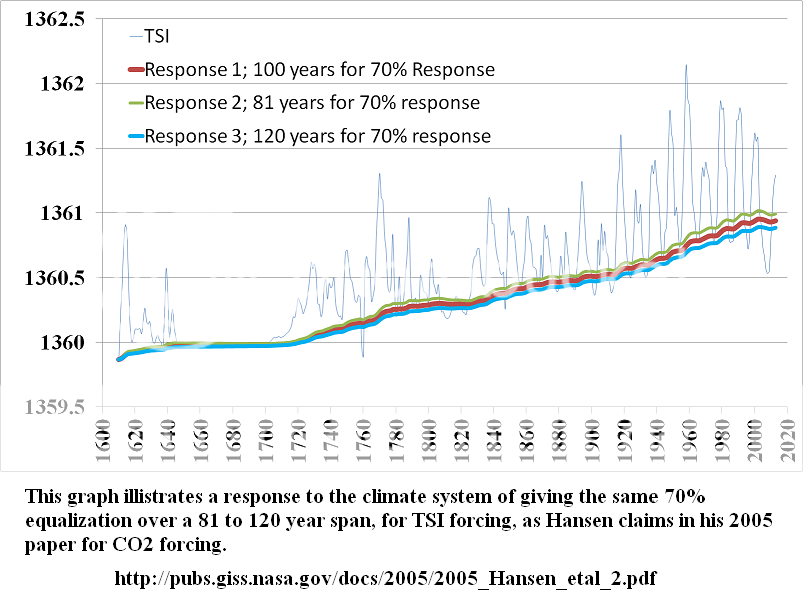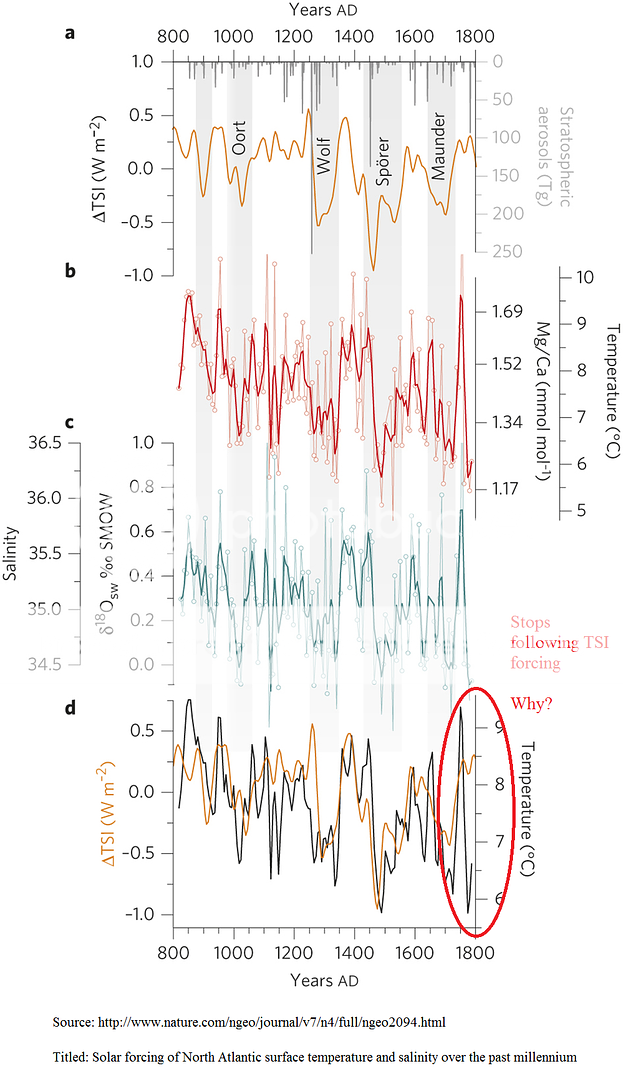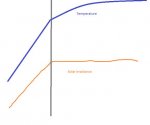- Joined
- Dec 22, 2012
- Messages
- 66,501
- Reaction score
- 22,160
- Location
- Portlandia
- Gender
- Male
- Political Leaning
- Libertarian - Right
Can you show that global air pollution has been decreasing since 1970 given that you just admitted that Asian air pollution has been significantly increasing since 1980?
Overall, it has decreased since the 70's until sometime in the 90's, where now it is greater than before, again.
The latitude makes a difference as well. Depends a lot on if it is under, or between cells. The new soot by China has much of it carried upward since it is largely between the Ferrel and Polar cells. Much of this then gets deposited on the polar ice, causing additional melting.

I don't recall where such information is at, and I'm not going to search for it. I've been studying this for well over a decade. The site I lifted that nice little image isn't about aerosols, but it shows the air circulation of the three convection cells.
Air Circulation
Our US smog problems were largely because we are mostly under the Ferrel Cell, and the soot stayed in the lower atmosphere, blocking the solar heating, and was more susceptible to being blown to cover the oceans as well.
If you notice, all the equatorial areas have heavy soot except where the land is minimal between oceans. See your post 18 pic. Consider how the convection cells, trade winds and westerlies take an active roll in those soot levels.






